Roundway Hospital dates back to the 1840’s when a committee of Justices approved plans for an asylum in Wiltshire. Forty-eight acres of land was purchased and architect Thomas Henry Wyatt was brought in to design the asylum, who went for an Italianate style. Stone for the buildings was mined locally and slate for the roof was transported from Wales. The first patients arrived on September 19th 1851 at the ‘Wiltshire County Lunatic Asylum’ however the building was already deemed too small and extensions continued to be added to the asylum through to the 1940’s.



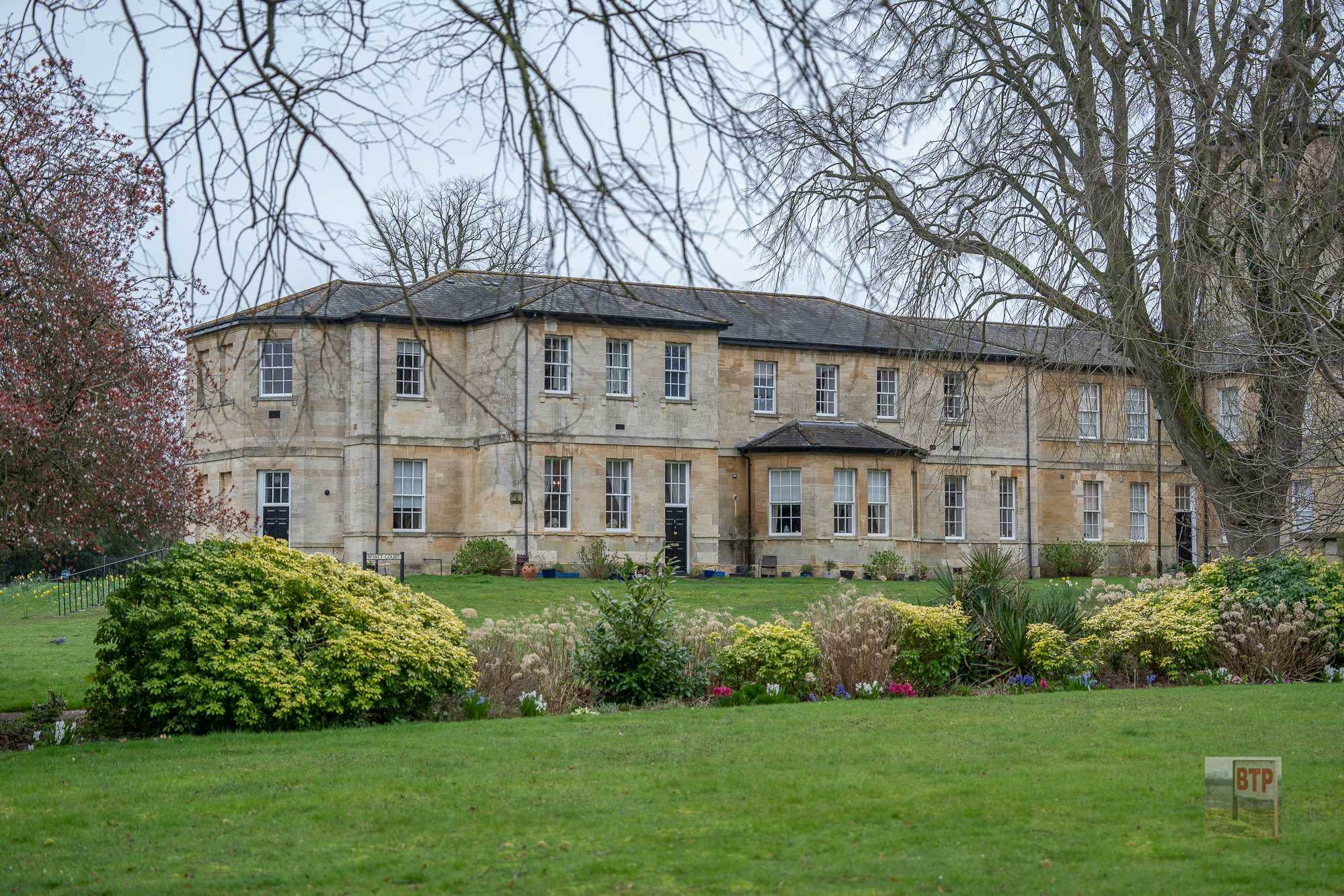
The first Medical Superintendent was Dr. Thurnham, a well respected psychiatrist who had spent time at the York Retreat which is regarded to be the founding basis for asylum institutions. Roundway was designed to compliment the site in York and two years after opening it’s thought that around 200 patients were working at the site, mostly on the farms or in the kitchens. Unlike other lunatic asylums of the time, the Wiltshire County Asylum focussed on care rather than punishment and by 1880 cricket, bowls, country walks and theatre shows were common therapies for the patients although this was still used alongside seclusion and restraints.
The hospital’s population reached 1,000 in 1912 with several new wards built to accommodate more patients. From 1915 to 1920 the hospital suffered from outbreaks of tuberculosis and dysentery, not helped by overcrowding. In the 1930’s, social workers were hired and the asylum even founded both a football and cricket team for the patients. Despite this holistic approach, some of the treatments were still controversial; from 7-hour long hot baths to Electroconvulsive therapy in 1942 and prefrontal leucotomy surgery from 1946, the year before it joined the NHS.
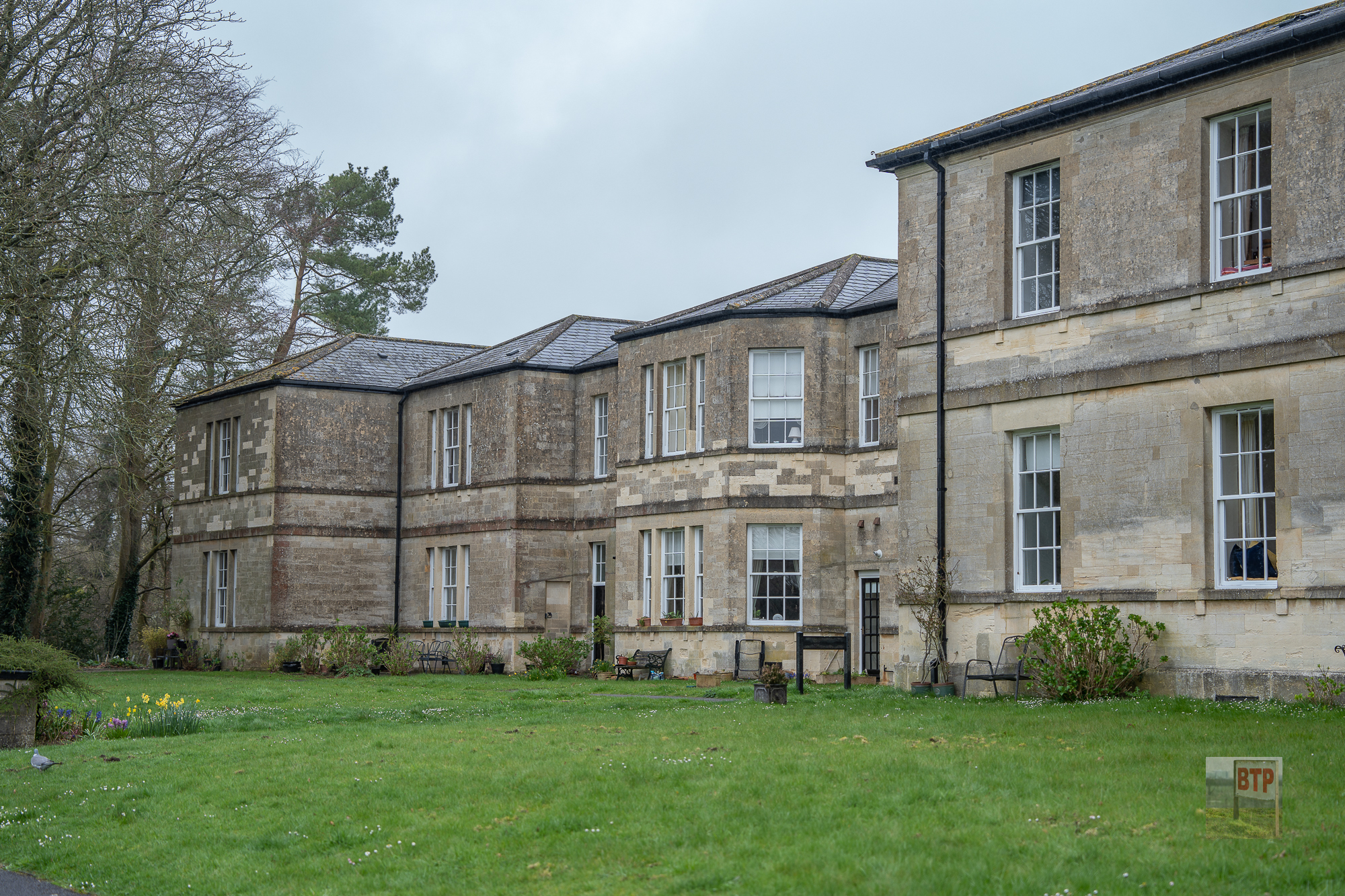

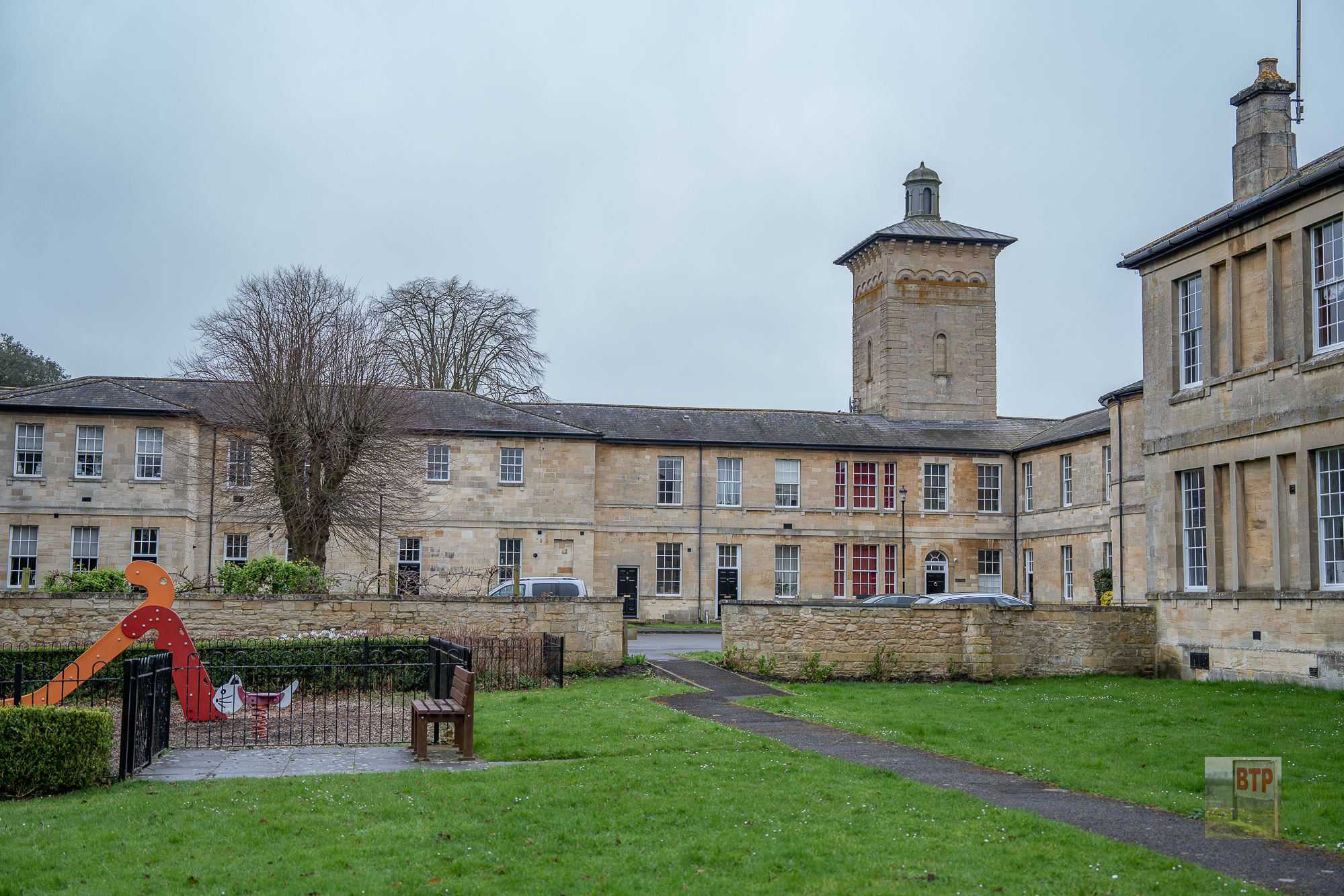
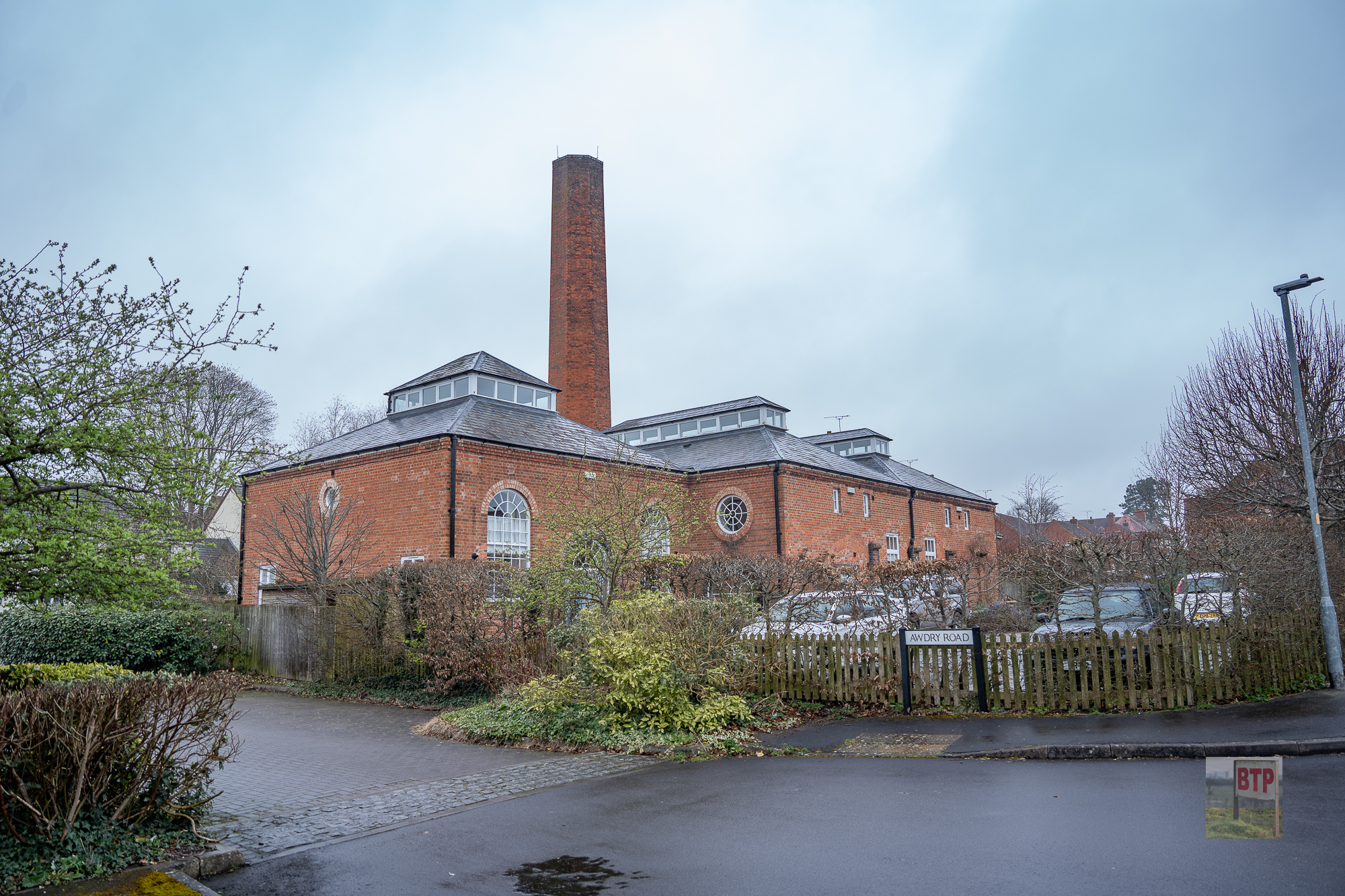
Patient numbers declined from the 1950’s as new drugs were discovered and the law was tightened on who could be detained in such institutions. In the late 1980’s it was decided to close Roundway Hospital and any remaining patients were transferred to Green Lane Hospital as the buildings and land were sold for housing. Fortunately most of the original building was converted into accommodation, probably due to the fact that it’s Grade II listed.
Old Photos – c. 1950’s
These brilliant photos are from DevizesHeritage.co.uk and were taken from the centennial publication, published in 1951 to celebrate the 100 years of operation. Courtesy of former Charge nurse Keith Genever.
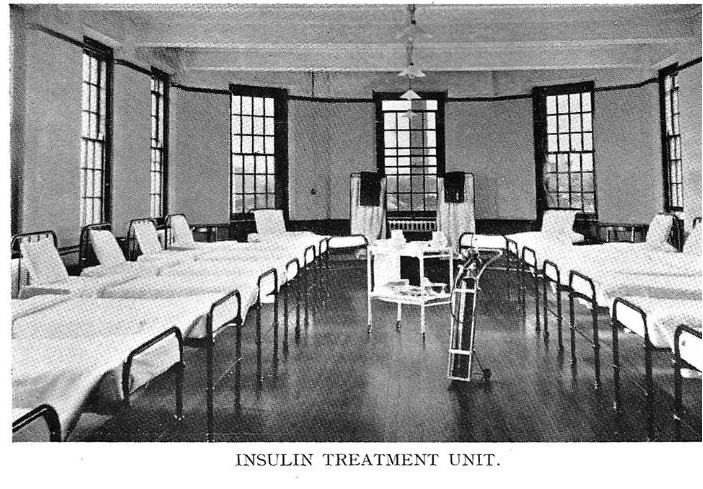


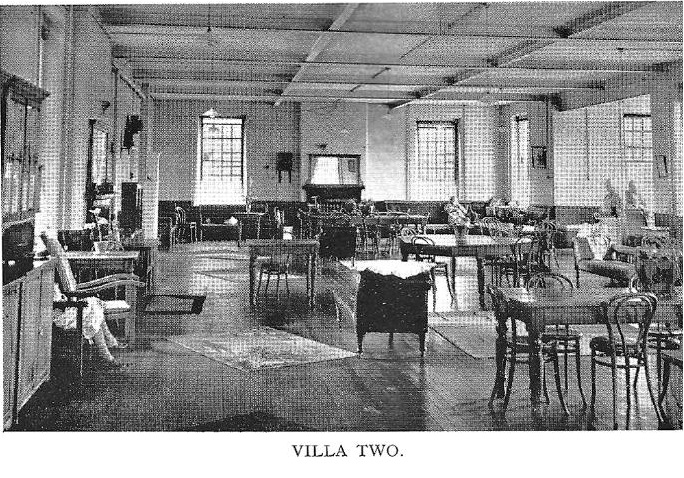



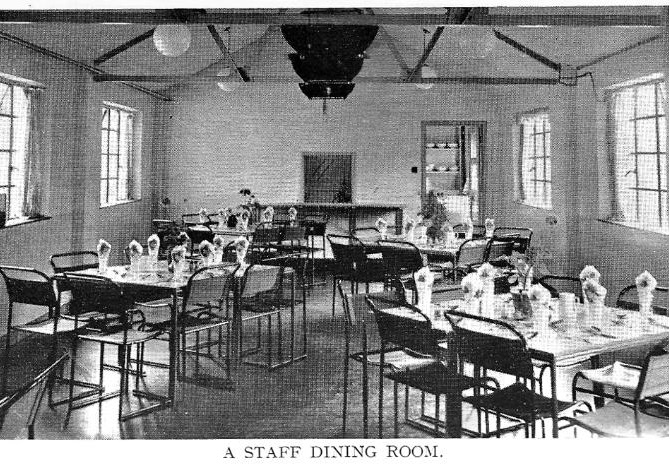






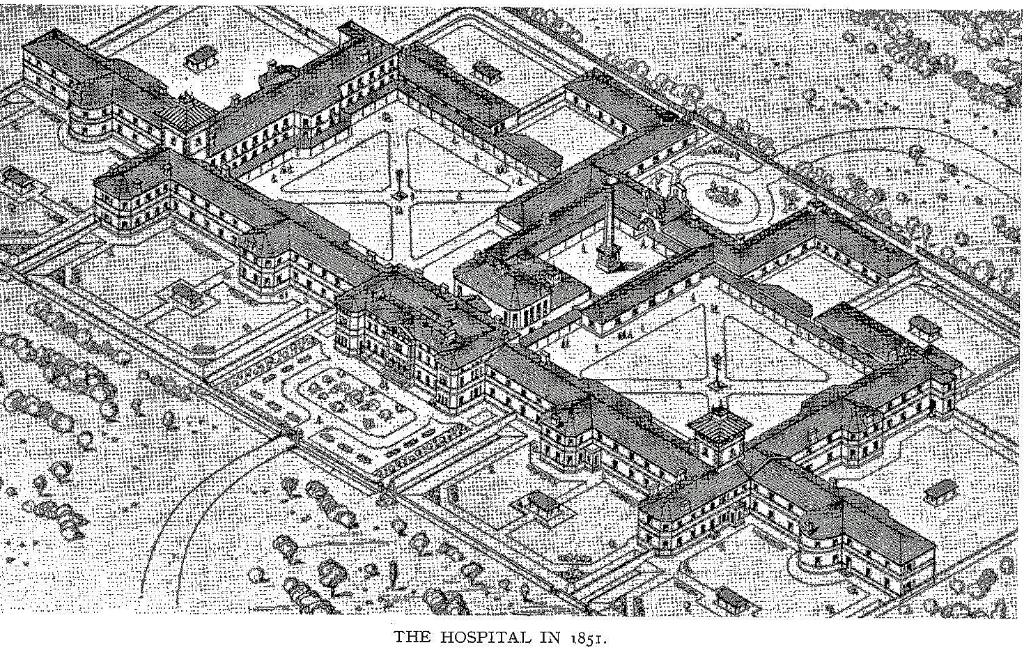
2024 Photos





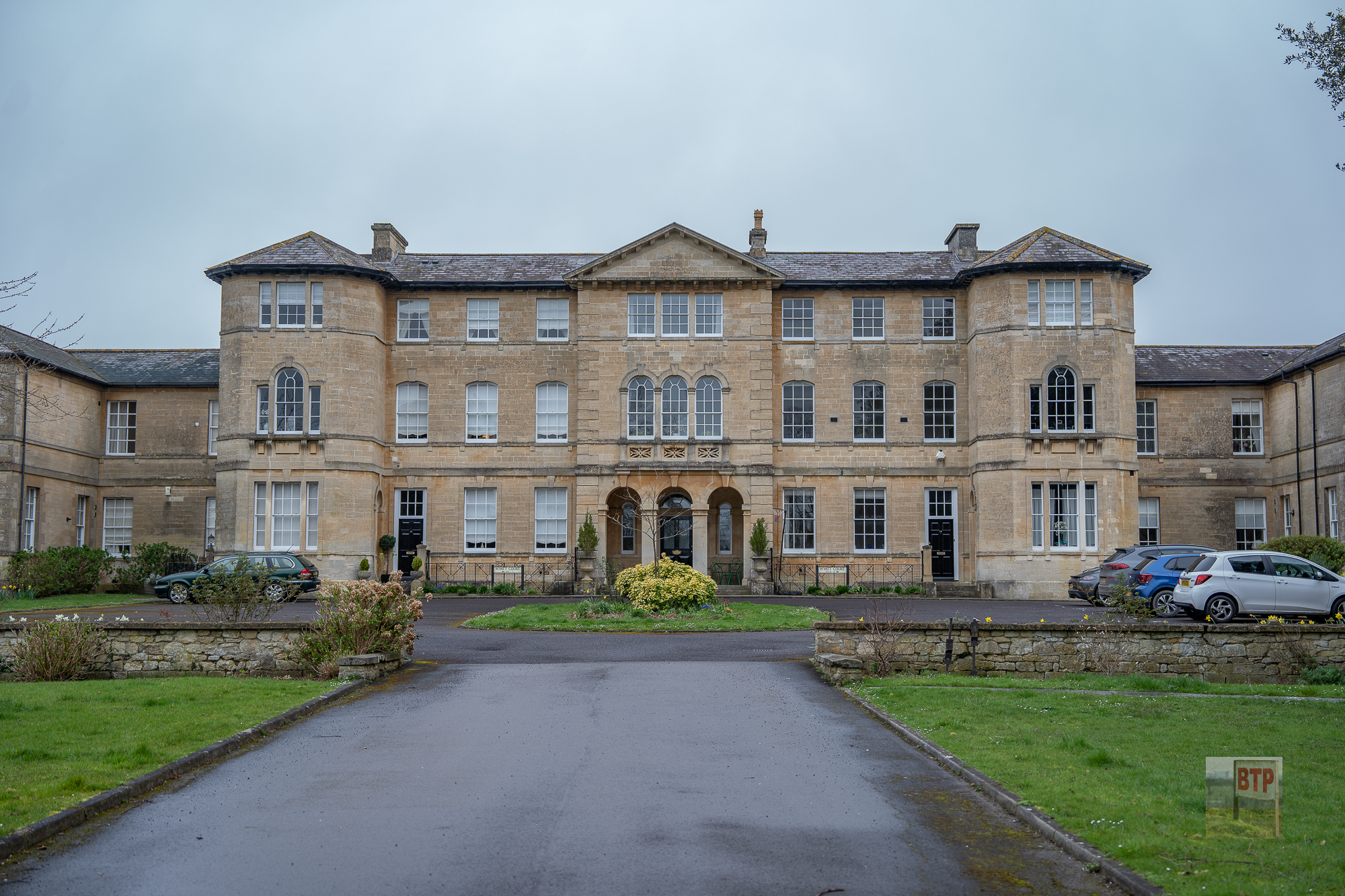
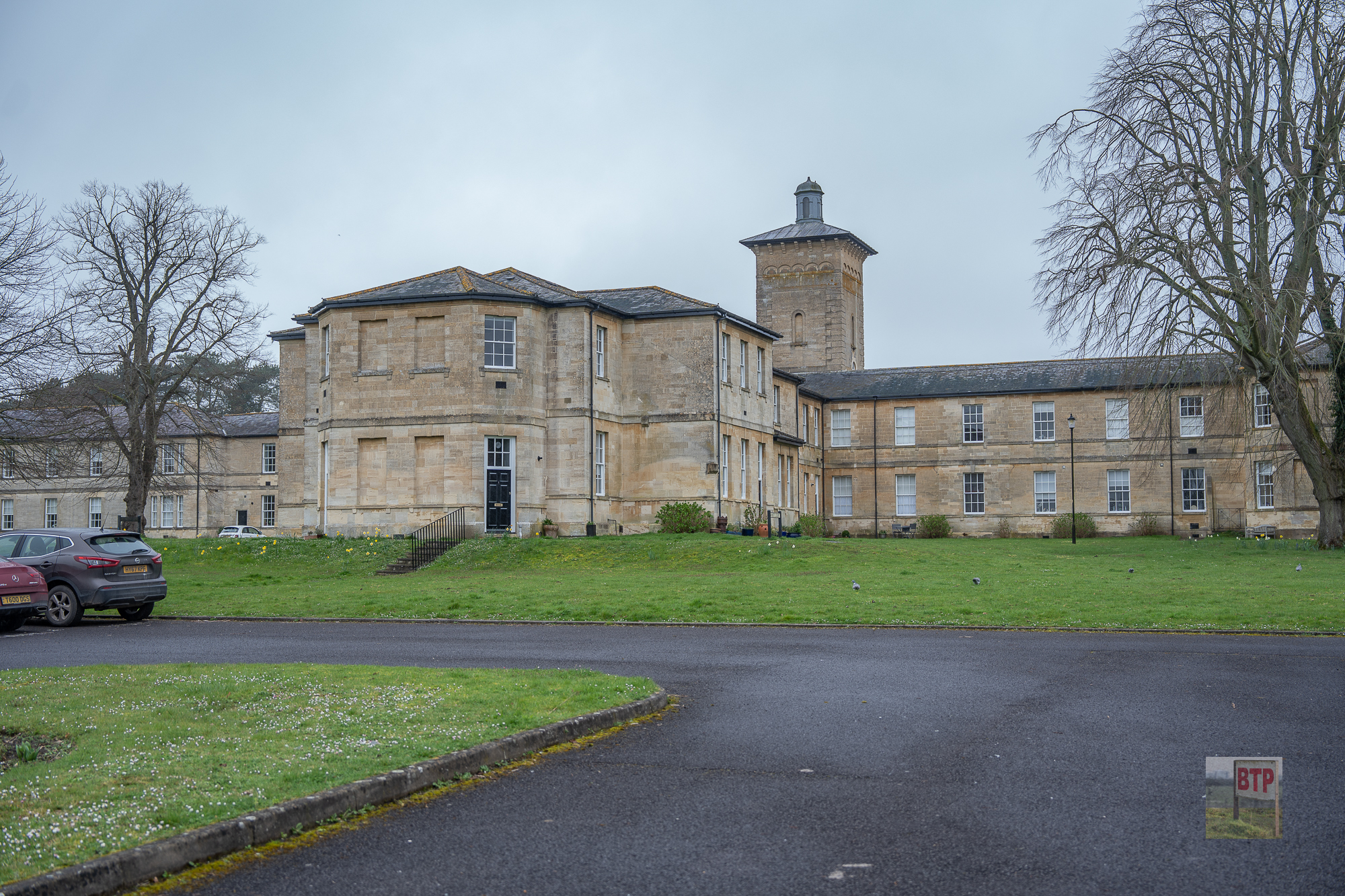








Sources: Wikipedia & Devizes Heritage


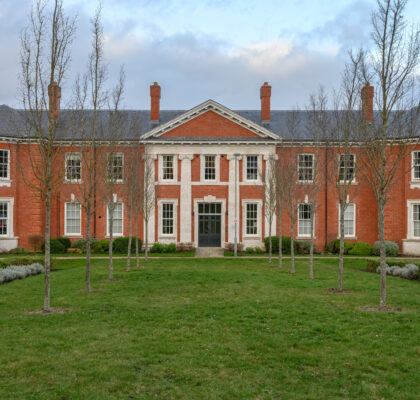

Brilliant incites – I am really interested in finding out more about the Roles that St. Cadoc’s Caerleon and Roundway took during WWI and WWII.
We have found four War Graves in Christchurch Cemetery, Newport (the nearest municipal cemetery to Caerleon) an we believe since none of the men named are local men to Newport or even Monmouthshire then St. Cadoc’s was used for severely shell shocked patients during WWI. We know that it was widely used in WWII for similar purposes.
Many histories of Roundway, Devizes exist but would be nice to see a more specific WWI & WWII purpose listed which I have yet to find